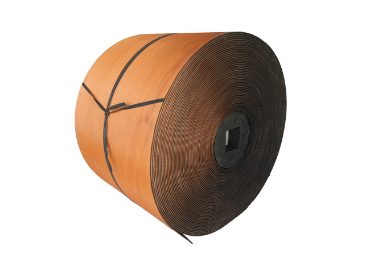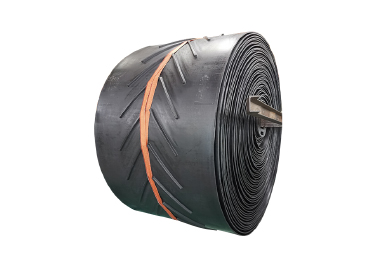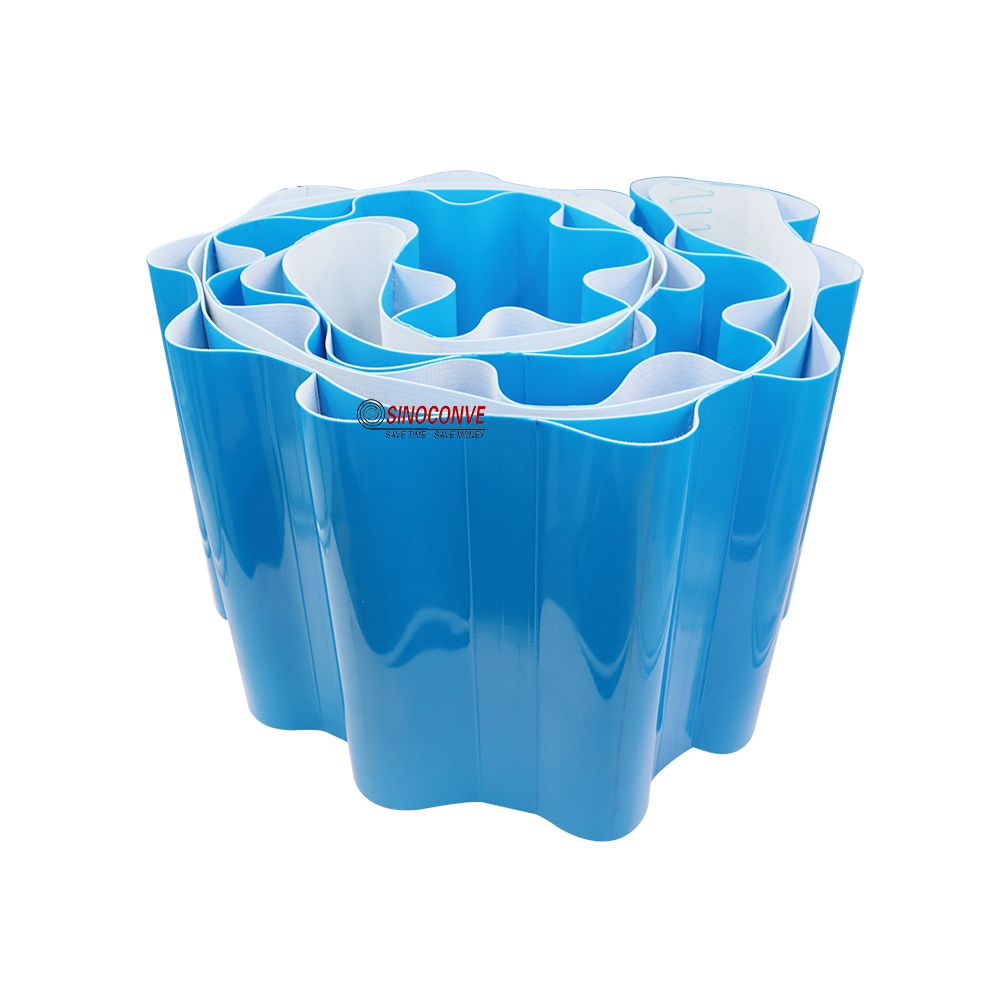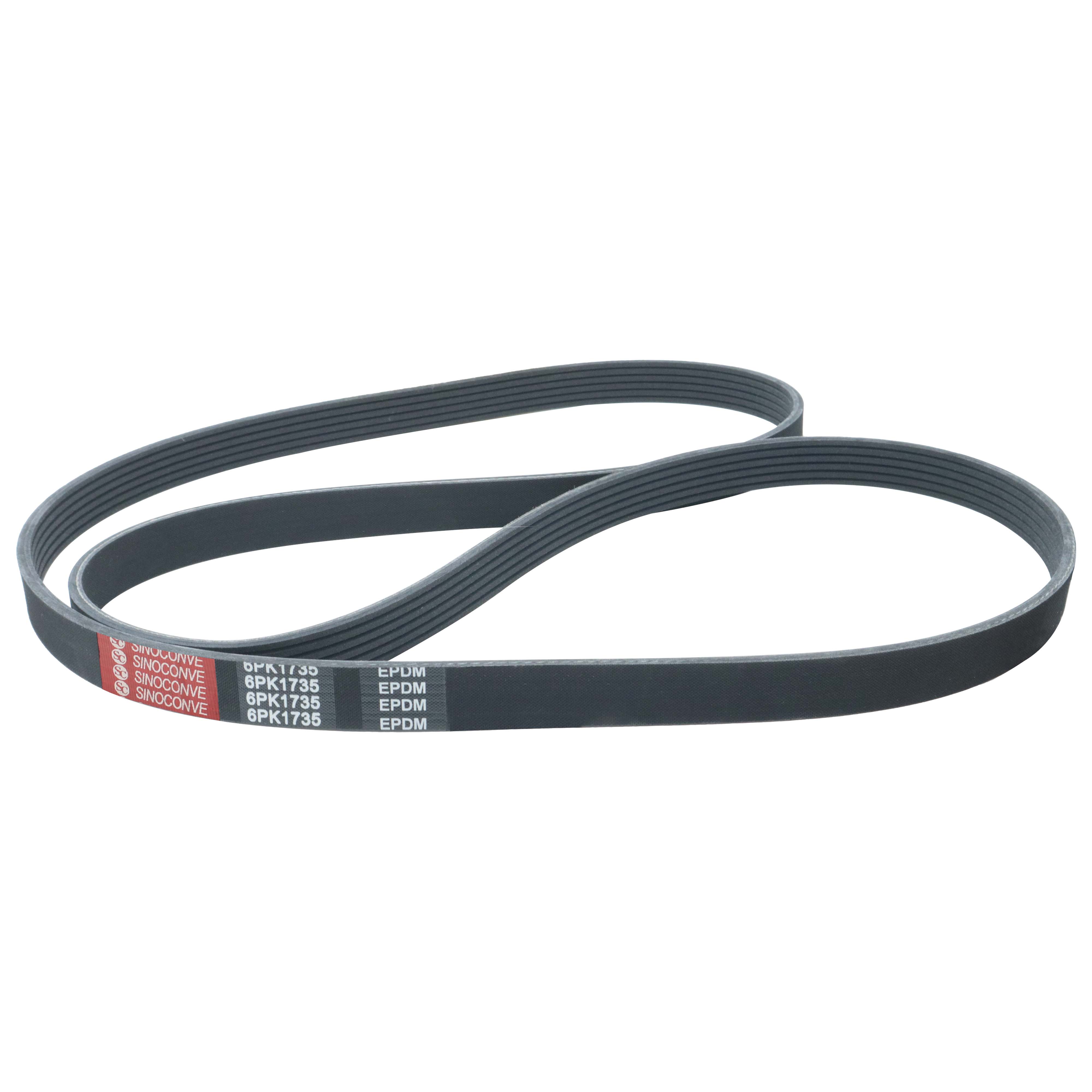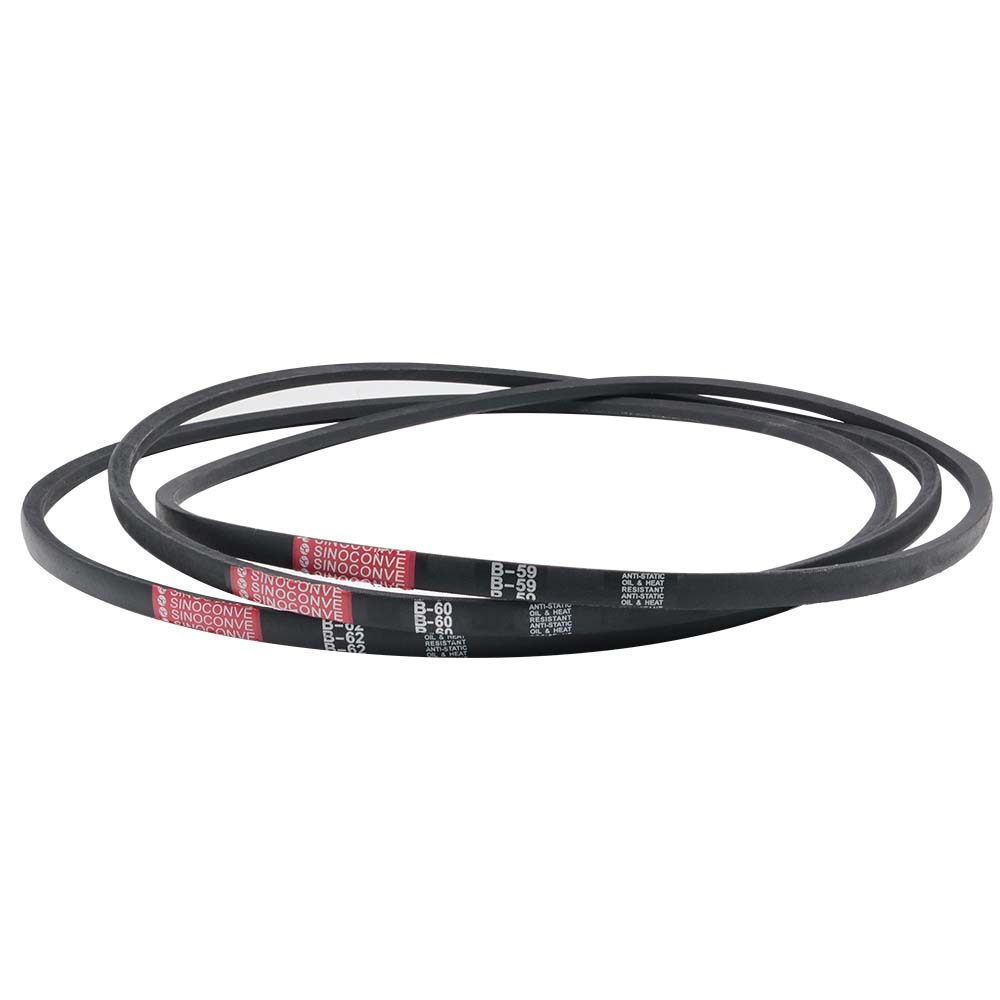Farm chevron conveyor belt is an essential tool for modern agricultural operations, designed to handle the transportation of various materials efficiently and safely. This specialized conveyor belt features a distinctive chevron pattern that enhances grip and prevents slippage, making it ideal for farm settings where inclines and uneven terrain are common. Whether you're dealing with crops, feed, or other bulk materials, the farm chevron conveyor belt can streamline your processes and boost productivity. In this guide, we'll explore how to select, install, and maintain this equipment to maximize its benefits.
Understanding the Farm Chevron Conveyor Belt
The farm chevron conveyor belt is built with durable materials that withstand harsh environmental conditions, such as exposure to moisture, dirt, and heavy loads. This type of belt includes v-shaped cleats that provide better traction, ensuring that materials like grains or fertilizers move smoothly without backing up. chevron conveyor belt technology has evolved to include options resistant to abrasion and tearing, which is crucial for farm applications where reliability is key. By choosing the right farm chevron conveyor belt, farmers can reduce downtime and improve overall efficiency in their daily operations. This guide will help you grasp the basics before moving on to practical steps.
How to Select the Right Farm Chevron Conveyor Belt
When selecting a farm chevron conveyor belt, start by assessing your specific needs, such as the type of materials you'll be transporting and the inclines involved. Consider the belt's width, length, and cleat height to ensure it matches your equipment and workload. For instance, belts with deeper chevrons are better for steeper slopes, while lighter versions might suffice for flat farm transport. chevron conveyor belt options vary in material composition, so opt for those made from high-quality rubber or reinforced fabrics for longevity. Always check for certifications that guarantee safety and performance, and consult with suppliers to get a belt that fits your farm's scale. This step is vital to avoid common pitfalls and ensure cost-effective choices.
Step-by-Step Installation Guide for Farm Chevron Conveyor Belt
Installing a farm chevron conveyor belt requires careful preparation to ensure it operates smoothly from the start. Begin by clearing the installation area and aligning the conveyor frame properly. Lay out the belt evenly, making sure the chevron patterns face the correct direction for material flow. Secure the belt with appropriate tensioning mechanisms, and test the alignment to prevent uneven wear. During installation, pay attention to the belt's tracking to avoid deviations that could lead to inefficiencies. For farm use, it's advisable to involve a professional if you're handling larger systems, as proper setup can significantly extend the belt's lifespan. This guide simplifies the process, helping you achieve a functional system quickly and safely.
Maintenance and Troubleshooting Tips for Longevity
Regular maintenance is key to keeping your farm chevron conveyor belt in top condition and extending its service life. Inspect the belt weekly for signs of wear, such as cracks or fraying on the chevron patterns, and clean it thoroughly to remove debris that could cause damage. Lubricate moving parts and check the tension periodically to maintain optimal performance. If you notice slippage or misalignment, adjust the tracking immediately to prevent further issues. chevron conveyor belt maintenance also involves monitoring environmental factors like temperature and humidity, which can affect durability in farm settings. By following these tips, you can minimize breakdowns and ensure your equipment remains a reliable part of your operations. Farm chevron conveyor belt upkeep not only saves money but also enhances safety for farm workers.
Conclusion and Best Practices
In conclusion, incorporating a farm chevron conveyor belt into your agricultural workflow can revolutionize how you handle materials, making tasks more efficient and less labor-intensive. Remember to integrate it with other farm machinery for seamless operations and always prioritize safety protocols during use. By following this guide, you'll be well-equipped to make informed decisions and keep your system running smoothly. Whether you're a small-scale farmer or managing a large operation, the right chevron conveyor belt can make a significant difference in productivity.

